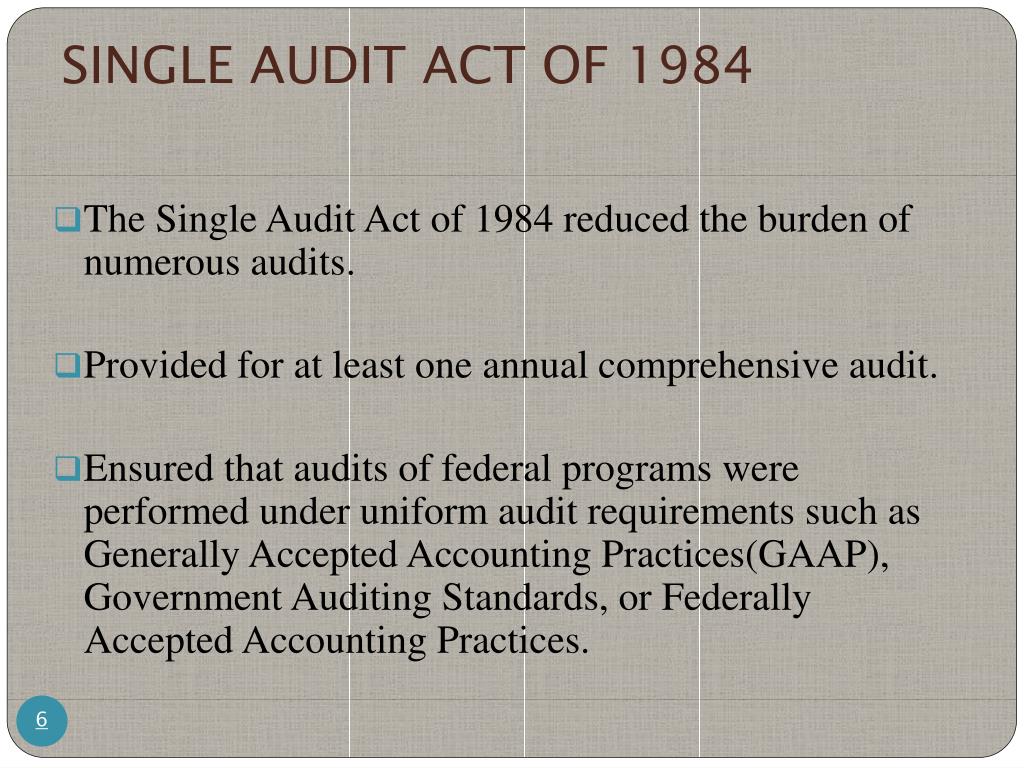

- GENERALLY ACCEPTED AUDITING STANDARDS RECLASS THRESHOLD UPDATE
- GENERALLY ACCEPTED AUDITING STANDARDS RECLASS THRESHOLD PROFESSIONAL
- GENERALLY ACCEPTED AUDITING STANDARDS RECLASS THRESHOLD FREE
Each state has its own regulations that set dollar thresholds for when a nonprofit must be audited. Whether a nonprofit is required to have an independent audit or even certified financial statements prepared each year depends on many factors. Which nonprofits need to pay attention to these new FASB standards and why?Ĭurt Klotz, V P of Finance and Chief Financial Officer at Propel Nonprofits: All of what I’m about to describe about the new FASB standards for the reporting of nonprofit financial statements applies to the presentation of nonprofit audits. We have also included a list of resources about the new FASB standards and related topics at the end of this overview. Curt’s overview focuses on: (1) restricted and unrestricted net assets (2) liquidity disclosures and (3) functional expenses. To help us understand three significant changes contained in these new standards, we asked Curt Klotz, the VP of Finance and the Chief Financial Officer at Propel Nonprofits, in Minnesota, to provide an overview of the new accounting standards and share some practical examples of how the new standards will show up on nonprofit financial statements.

GENERALLY ACCEPTED AUDITING STANDARDS RECLASS THRESHOLD UPDATE

The sufficient competent evidential matter is to be obtained through inspection, observation, inquiries, and confirmations to afford a reasonable basis for an opinion regarding the financial statements under audit.Nonprofits operate under accounting standards governed by the Financial Accounting Standards Board (FASB). Obtaining sufficient competent evidential matter Understanding the internal control structureĪ sufficient understanding of internal control is to be obtained to plan an effective and efficient audit. The work is to be adequately planned, and assistants, if any, are to be properly supervised. The fieldwork standards are so named because they pertain primarily to the conduct of the audit at the client’s place of business in the field. The standard of due care requires the auditor to act in good faith and not to be negligent in an audit. The auditor must be diligent and careful in performing an audit and issuing a report on the findings.
GENERALLY ACCEPTED AUDITING STANDARDS RECLASS THRESHOLD PROFESSIONAL
The auditor must also meet the independence requirements of the AICPA’s professional conduct.
GENERALLY ACCEPTED AUDITING STANDARDS RECLASS THRESHOLD FREE
The auditor must be free of client influence in performing the audit and reporting the findings. Continuous professional education during the auditor’s professional career.Practical training and experience in auditing, and.Formal university education for entry into the profession,.Three factors determine the competency of the auditor: In every profession, there is a premium on technical competence. Adequate technical training and proficiency The general standards relate to the qualifications of the auditor and the quality of the auditor’s work. Financial statements presented in accordance with GAAP

Understanding the internal control structure


 0 kommentar(er)
0 kommentar(er)
